Text
“People suck”
Okay but what about the person who brought this injured dragonfly to a wildlife rehabber
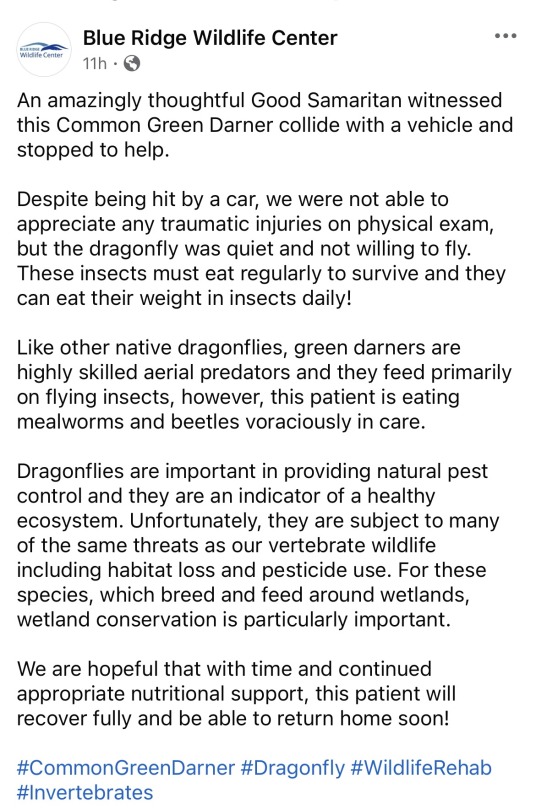
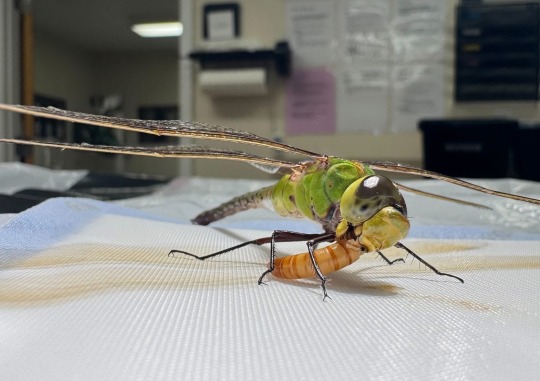
12K notes
·
View notes
Note
I love you
I need blue New World tarantulas, please very much!
Love you too kitten :3
Hmmmm, lets see whats in the spider bag for you...
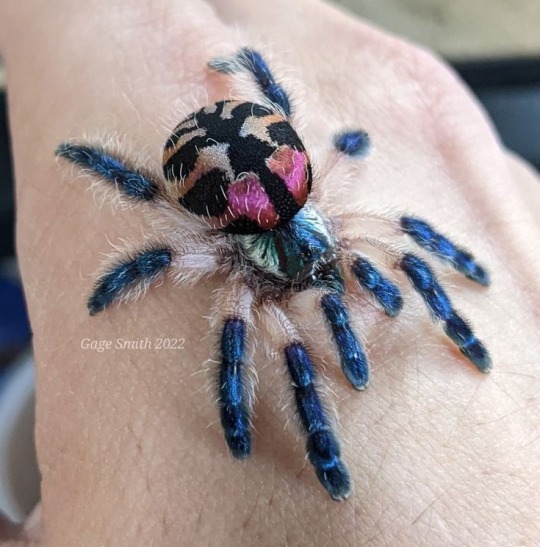
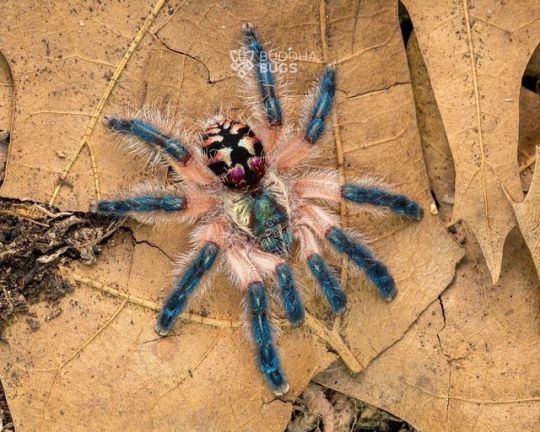
Brazilian Jewel Tarantula (Typhochlaena seladonia), family Theraphosidae, endemic to Brazil
Small tarantula. Arboreal. Constructs trap door webs in tree bark.
photograph by Gage Smith & Buddha Bugs
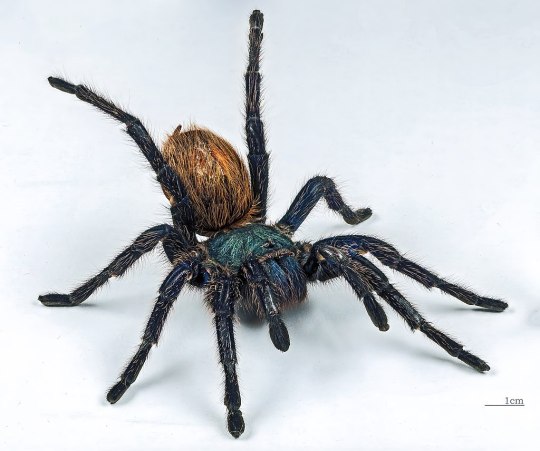
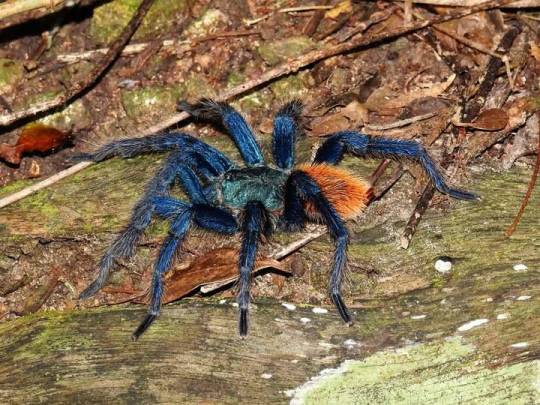
Greenbottle Blue Tarantula (Chromatopelma cyaneopubescens), family Theraphosidae, endemic to the Paraguaná Peninsula of Venezuela
photograph by Fernando Nunes & Didier Descouens
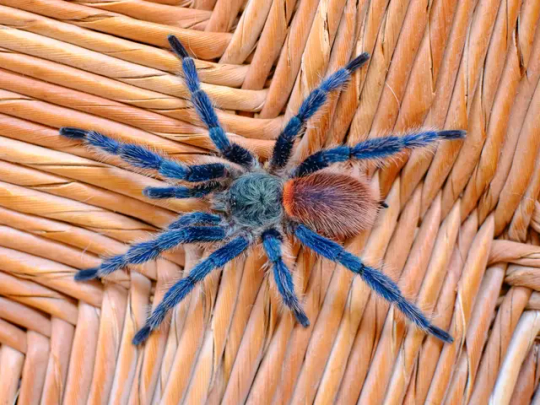
Brazilian Blue Dwarf Tarantula (Dolichothele diamantinensis), family Theraphosidae, found in Brazil
photograph: Urban Tarantulas
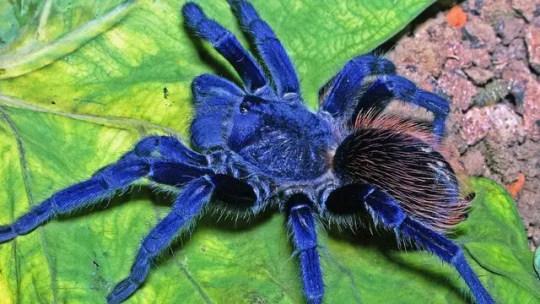
Brazilian Blue Tarantula (Pterinopelma sazimai), family Theraphosidae, found in Brazil
photograph: Buzzard Reptile
705 notes
·
View notes
Text
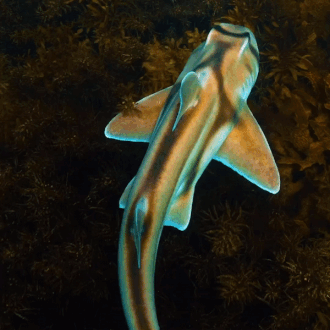
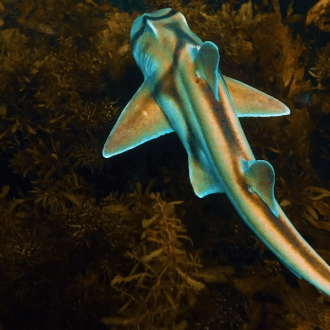
port jackson shark (heterodontus portusjacksoni) | source
5K notes
·
View notes
Text
2K notes
·
View notes
Text
LETS HEAR IT FOR LIZARDS
TIL the reason you don’t find much Lyme’s Disease in California is not because we don’t have Ticks, or Lyme Disease Vectors; but rather: because the Western Fence Lizard (if you live anywhere in California this is your regular Garden Variety Lizard) has adapted a passive immune response that makes their blood lethal to Lyme Disease Bacteria. Any Tick that feeds on one gets its gut cleansed of Lyme Disease as a side effect.
Fucking neat.
27K notes
·
View notes
Text
imagine if you posted a picture of your puppy and someone commented "i have fantasies about violently killing this animal" and you were like "hey what the hell" and they were like "i have a phobia of dogs so its okay for me to say that"
3K notes
·
View notes
Note
This is incredible
Are you familiar with the beluga who underwent surgery at the Shedd aquarium? I would like to hear your thoughts!
Yes! I’m very fortunate to know several members of Kimalu’s team (which included 17 veterinarians in addition to their invaluable support staff*) and Kimalu herself! She’s a very sweet, very personable girl, and it was heartbreaking to hear she wasn’t doing well. For those unfamiliar with the case, Kimalu developed subcutaneous cysts around her blowhole that were causing her noticeable discomfort. It was determined that surgery was the best option for providing her relief.
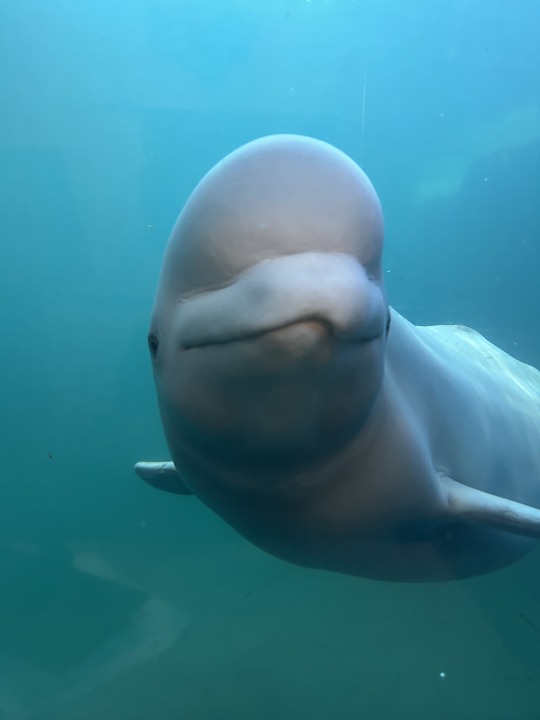
The surgery itself was groundbreaking, but what’s even more miraculous is the anesthesia. General anesthesia was once considered impossible in cetaceans, due to their size and incredibly unique anatomy and physiology. For example, just intubating them requires manually dislocating the “goosebeak” (modified larynx that transects the esophagus) to allow for access to the trachea. That’s also why they can’t breathe through their mouth! Furthermore, they are voluntary breathers, and must be ventilated until conscious enough to breathe on their own again.
While general anesthesia has now been performed successfully a handful of times in smaller cetaceans, it had never been done in a beluga. In fact, Kimalu was only the second beluga in which anesthesia had even been attempted—and now, she is the first ever beluga to have woken up!
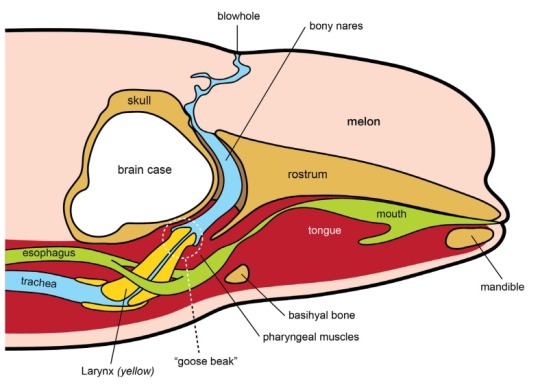
This is a gamechanger for belugas in human care (and maybe, somewhere down the road, in the wild). Now that we know surgery and anesthesia can be performed successfully, the scope of care we can provide them just got a whole lot wider. This is only the first step, but it’s a monumental one. And it goes to show the remarkable care zoos and aquariums provide their animals, as well as the contributions they make to scientific advancement.
You can read the full press release here:
Here are some pictures provided by Shedd, including Kimalu’s CT images:


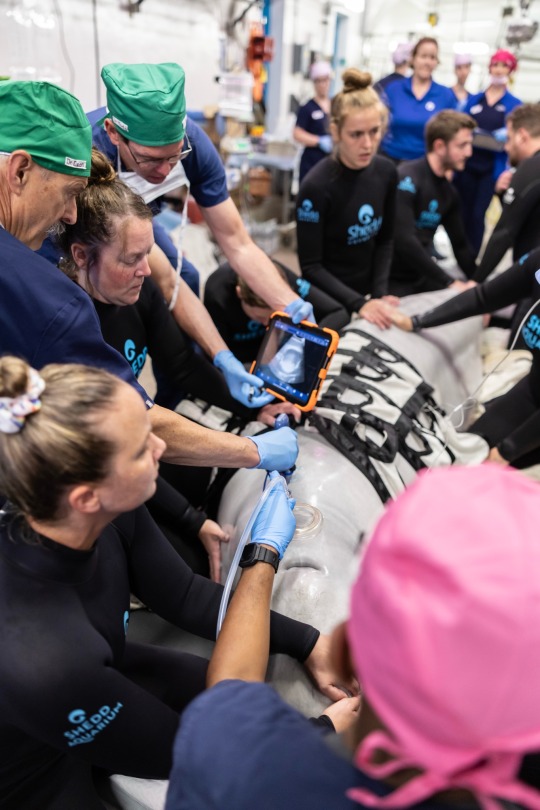
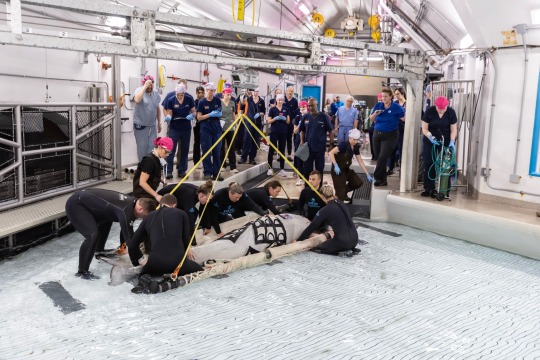


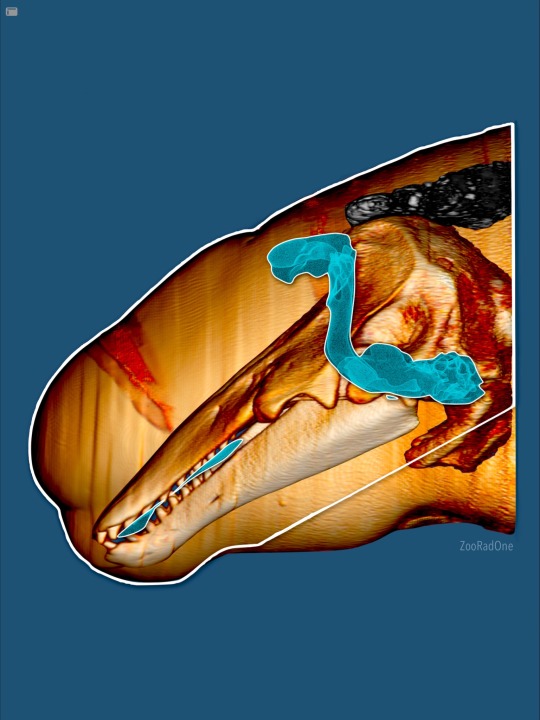

*The veterinary team at Shedd Aquarium was joined by experts from Colorado State University, Innovative Veterinary Medicine, the Veterinary Specialty Center, Brookfield Zoo Chicago, SeaWorld, North Carolina State University, ZooRadOne, Indianapolis Zoo, University of Illinois College of Veterinary Medicine and Zoological Pathology Program, and Arthrex Vet Systems.
Thank you to these heroes!
2K notes
·
View notes
Text
BIG BOI.

I love you Sebago, I would die for you Sebago
63K notes
·
View notes
Text
Super interesting
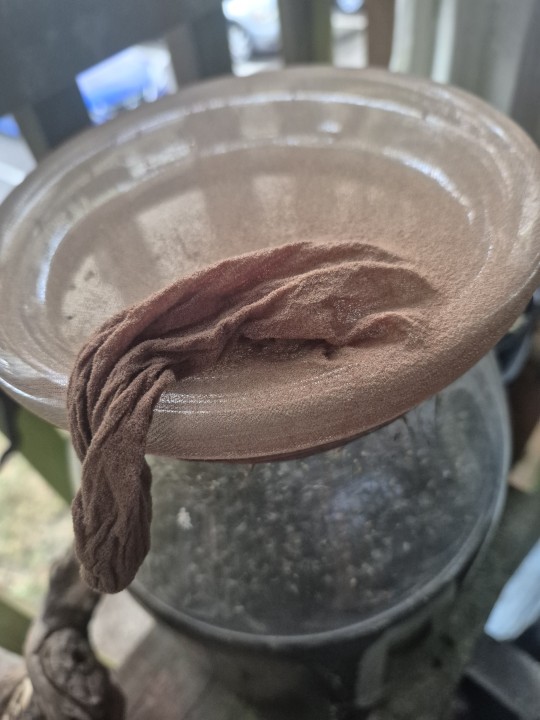
I covered this jar of old pond water to keep mosquitoes out, didn't realize there were that many mosquito larvae already inside...
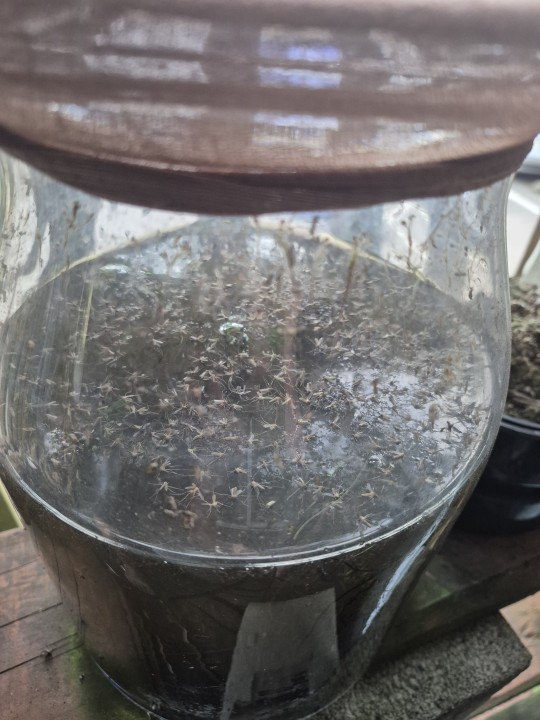
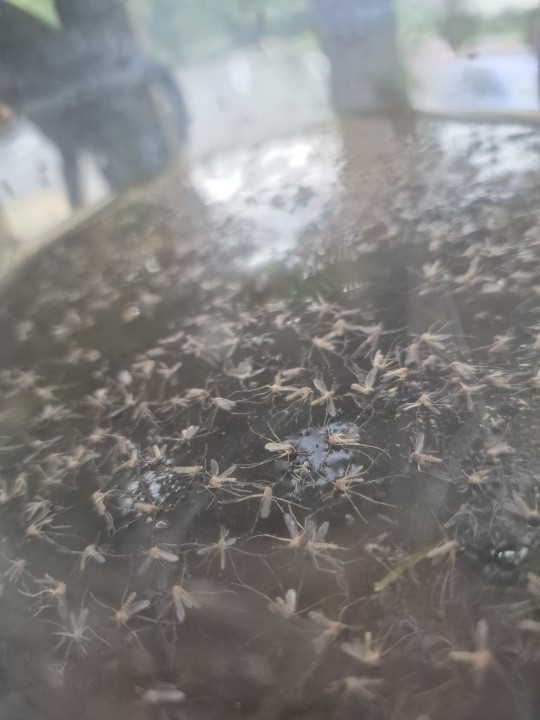
An entire generation apparently
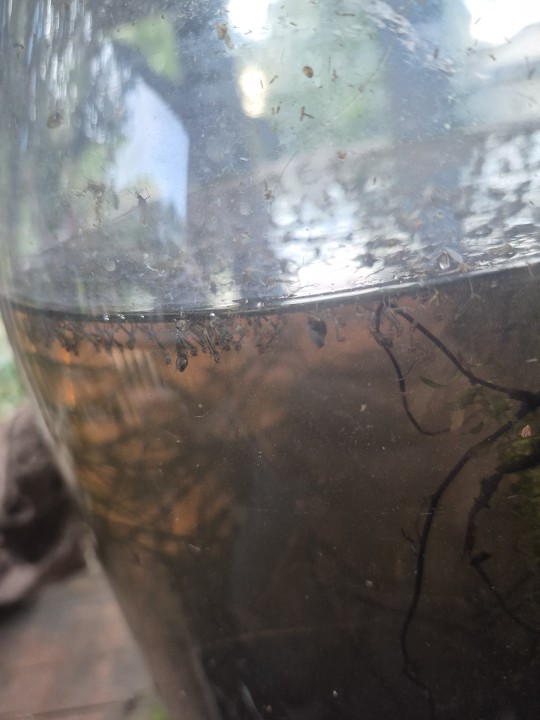
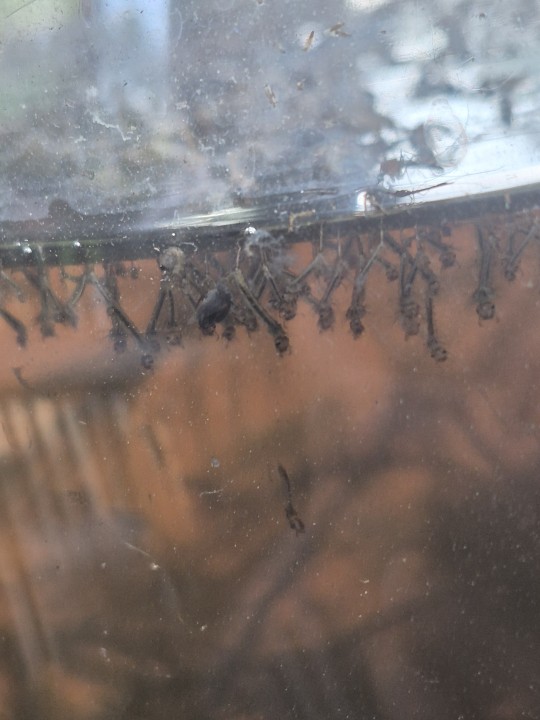
....who couldn't get out, but still mated and made another generation.
It is true that they don't actually require blood to at least lay SOME eggs. I always thought maybe they still needed some nectar but I guess not, the adults are ready to mate the instant they emerge so I guess in an enclosed space they find mates well before they run out of nutrient fuel.
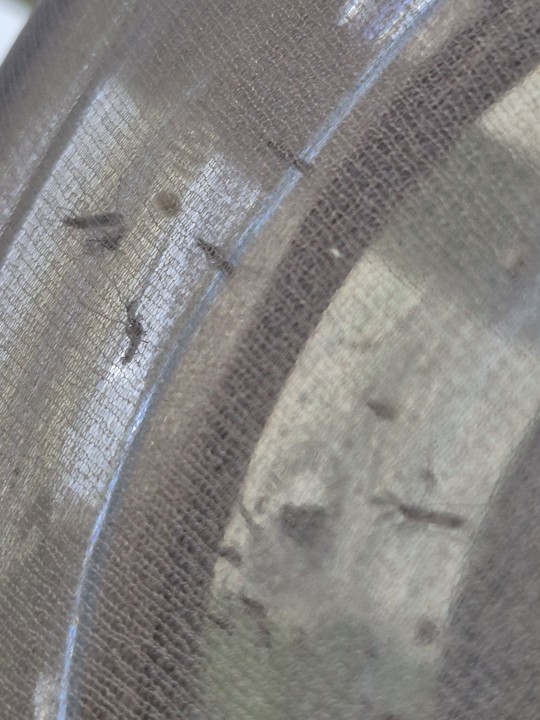
I can never open this. I wonder how long it can keep going. Larvae just feed on bacteria and algae, which are fed by a combination of sunlight and the dead adults.
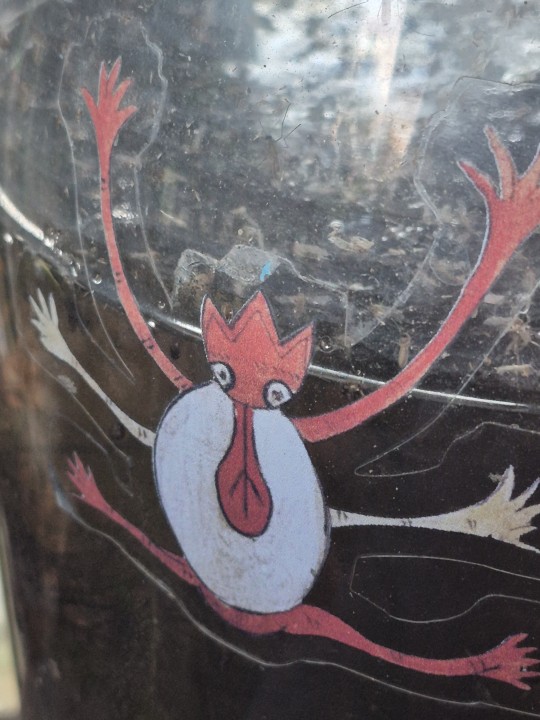
Just happens to be a jar I'd put this custom sticker on when I was keeping leeches in it. (centuries old japanese art of a "bug" that causes illness)
681 notes
·
View notes








